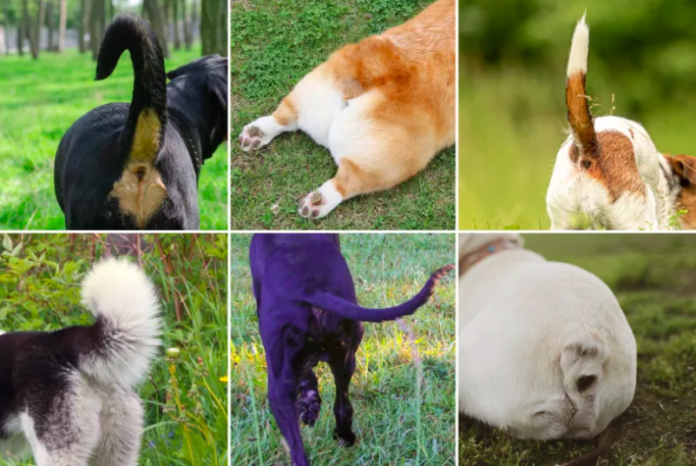Last Updated on November 20, 2023 by Fumipets
Decoding Canine Communication: Unraveling the Mystery of Dog Tail Wagging
Understanding the Language of Tail Movements
Cracking the Code: While we often link a wagging tail to a happy dog, canine communication is far more intricate. Paula Stewart, founder of The Animal Talent, unveils the nuanced meanings behind every wag.
Deciphering the Tail Positions:
“Direction of Meaning:” Research suggests that tail direction holds significance. Stewart emphasizes that different positions convey unique emotions. A high, upright tail mirrors excitement and alertness, a fast wag expresses pure joy, and a slow, strong rightward wag may hint at anxiety.
Tail Wagging Keys:
Leftward Wag: Indicates concern or unease. Rightward Wag: Signifies happiness and contentment.
Tail Positions and Their Meanings:
High and Upright: Excitement and alertness. Horizontal Stance: Reflects curiosity about the environment.
Wagging Speeds:
Fast Wag: Pure excitement and joy. Slow but Strong Wag to the Right: Suggests anxiety or nervousness.
Expert Insights:
Importance of Understanding: Stewart stresses the misconception that all tail wags imply happiness. She advocates for owners to grasp their dog’s body language, fostering better communication and a stronger bond.
Enhancing Communication and Bond:
Subtle Expressions: Dogs convey emotions subtly, from a tongue flick to a hard stare. Stewart highlights the tail as a crucial element, ensuring clear visibility of emotions for humans and fellow dogs.
Conclusion:
Elevating Canine Care: Understanding the intricate language of tail wagging not only deepens the owner-dog bond but also facilitates more effective training and daily care. Owners, equipped with this knowledge, can navigate their furry friend’s emotions, creating a harmonious living environment.
Sources: Newsweek


















